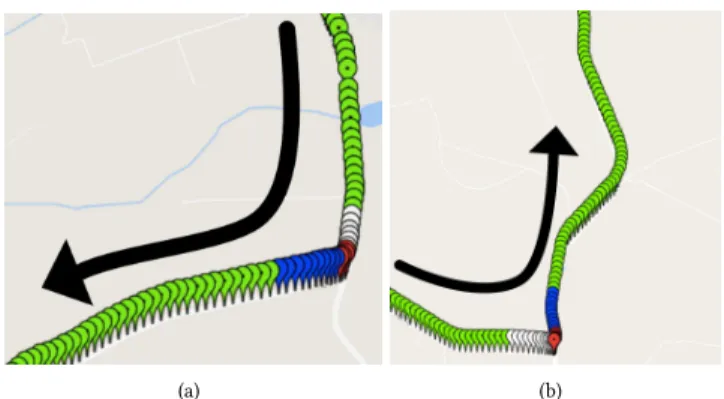Toeplitz Inverse CovarianceBased Clustering of Multivariate Time Series Data
全文
図
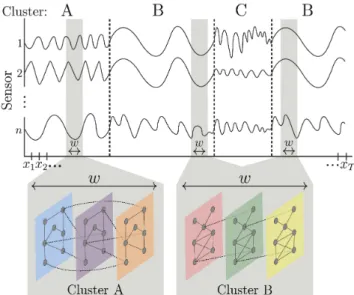
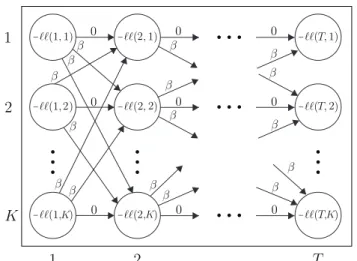
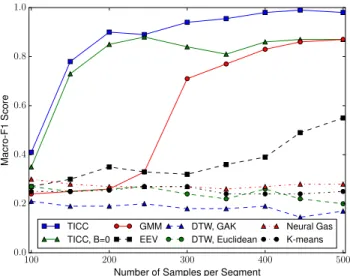
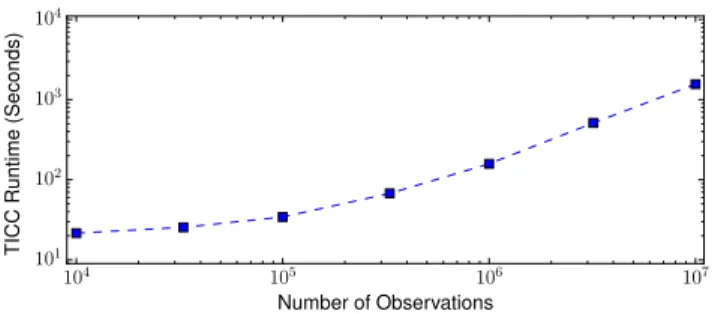
関連したドキュメント
To address the problem of slow convergence caused by the reduced spectral gap of σ 1 2 in the Lanczos algorithm, we apply the inverse-free preconditioned Krylov subspace
proved that on any bounded symmetric domain (Hermitian symmetric space of non-compact type), for any compactly supported smooth functions f and g , the product of the Toeplitz
In fact, in the case of a continuous symbol, the compactness of the Toeplitz operators depends only on the behavior of the symbol on the boundary of the disk and this is similar to
This paper is a part of a project, the aim of which is to build on locally convex spaces of functions, especially on the space of real analytic functions, a theory of concrete
The linearized parabolic problem is treated using maximal regular- ity in analytic semigroup theory, higher order elliptic a priori estimates and simultaneous continuity in
Applications of msets in Logic Programming languages is found to over- come “computational inefficiency” inherent in otherwise situation, especially in solving a sweep of
To derive a weak formulation of (1.1)–(1.8), we first assume that the functions v, p, θ and c are a classical solution of our problem. 33]) and substitute the Neumann boundary
It is known that if the Dirichlet problem for the Laplace equation is considered in a 2D domain bounded by sufficiently smooth closed curves, and if the function specified in the
